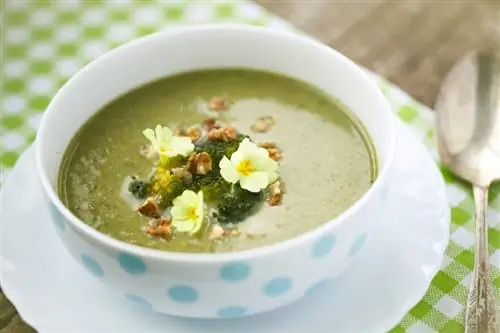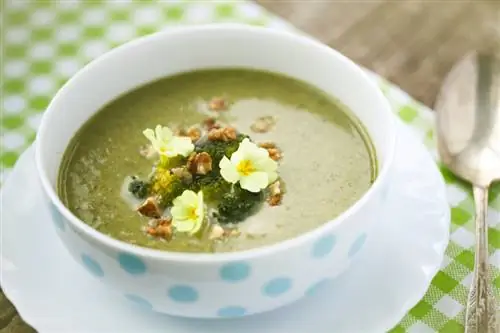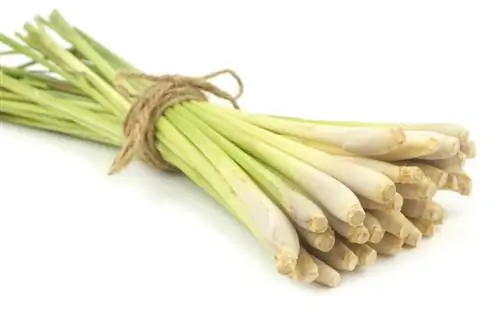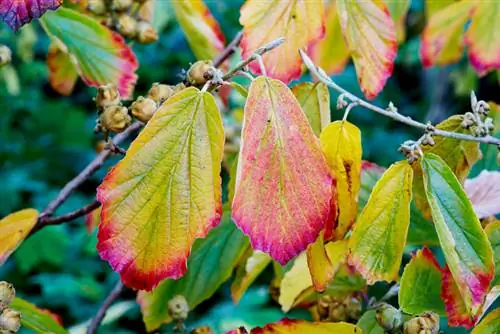- Author admin [email protected].
- Public 2023-12-16 16:46.
- Last modified 2025-01-23 11:20.
If you walk through forests and meadows or through your garden with your eyes open, you will notice that there are a surprising number of edible plants. While many people probably already know that dandelions and daisies taste delicious in salads, the edibility of many other plants is less well known. The cowslip is one of these.

Are cowslips edible and how are they used?
The cowslip is edible, especially its young leaves and flowers. They can be used in salads, soups or to decorate desserts, as well as to flavor teas, sugar or honey. However, wild cowslips are protected, so only specimens grown in the garden should be consumed.
The cowslip as a medicinal plant
For many centuries, the roots and flowers of the cowslip in particular have been used as a remedy for all kinds of ailments, but especially for colds, bronchitis, etc. The ingredients of the cowslip have an expectorant, anti-inflammatory and calming effect, which is now even has already been proven in various scientific studies. Commonly, cowslip medicine is used either internally as a tea or syrup or externally as a tincture.
Saponins can irritate the stomach
However, the following should be taken into account when using cowslip internally: Some ingredients, especially the saponins, can irritate the stomach and thus lead to stomach problems and nausea. For this reason, sensitive people should refrain from drinking it. Pregnant women and breastfeeding mothers are also advised not to take cowslips. By the way, the highest active ingredients are in the roots.
Edible parts of the cowslip
Between March and June you can also collect the delicate, young leaves and flowers of the cowslip and use them in a variety of ways. Both can be used raw in salads, as an addition to soups or as a decoration for desserts. The flowers also flavor herbal teas (including mixtures of different tea plants), sugar or honey. Cowslips have a slightly sweet taste, so children often like them too.
Caution: wild cowslips are protected
If you would like to try your hand at cowslip cooking, please refrain from wild collection completely. Cowslips that occur in the wild are protected and may not be dug up or collected in whole or in part. The wild perennial is at great risk due to intensive agriculture and the associated high use of pesticides etc. in its population. However, cowslips grown in the home garden can be used safely, but not for a long period of time.
Tip
It is best to harvest on a sunny day in the late morning when the morning moisture has already dried off. Leaves and flowers are not washed off, just shaken out.






